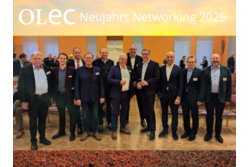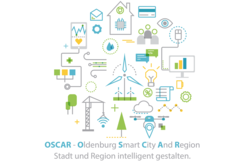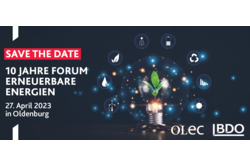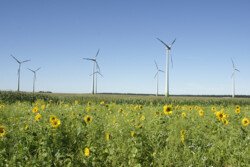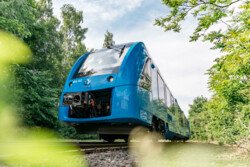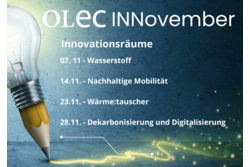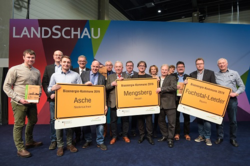
Bioenergy communities and villages are pioneers of the energy turnaround - as the winners of the Federal Competition Bioenergy Communities 2019 prove once again: Ashes in Lower Saxony (a good 300 inhabitants), Fox Valley in Bavaria (1,700 inhabitants) and Mengsberg in Hesse (840 inhabitants) are testing the advanced energy turnaround in everyday life.
Among other things, they generate electricity and heat as needed with flexible biogas plants and combine these with wood, solar and wind energy and electromobility. In future, surplus electricity and heat will also be stored and used for heating. All of this is initiated by local citizens and communities and implemented together with regional companies.
"With the Bioenergy Municipalities Competition, our Federal Ministry is honouring pioneers of the energy turnaround for the fifth time, committed municipalities that are committed to climate protection and renewable energies," said Uwe Feiler, Parliamentary State Secretary to the Federal Minister of Agriculture, today at the International Green Week in Berlin during the public award ceremony for the prize winners (10,000 euros prize money each).
In purely mathematical terms, many of the approximately 200 bioenergy villages in Germany already generate more than 100 percent of their electricity and heat requirements from regional bioenergy and other renewable sources. In practice, however, there are phases of under- and oversupply due to the irregular occurrence. Approaches to generate and use energy more efficiently and in line with demand include sector coupling, flexibilisation and storage. The winning municipalities are already testing all these approaches today or will do so in the near future. Other bioenergy villages are therefore likely to look with interest to Fuchstal, Asche and Mengsberg. "Climate protection and energy system transformation are inconceivable without bioenergy and the commitment of local citizens. Bioenergy continues to make the largest contribution to the provision of renewable energies in Germany", Feiler explained.
Quite new in bioenergy villages is the power-to-heat approach, which converts excess electricity into heat and "parks" it in large storage facilities until it is needed. Fuchstal wants to test this approach in practice, but the village also has other innovative ideas, such as the direct marketing of wind power from the municipal citizen wind farm.
In order to make the biogas plant more flexible, it will be equipped in such a way that it no longer generates energy around the clock, but adapted to the fluctuating demand. In ashes, the biogas plant, which has already been made more flexible, is even "heat-controlled", i.e. operated in line with the demand for heat. As in most bioenergy villages, it not only generates electricity in the village in Lower Saxony, but also supplies the local local heating network. Since there is little demand for heating in summer, only one of two combined heat and power plants is in operation.
Finally, Mengsberg in Hesse has built Germany's largest solar thermal plant in cooperative ownership, which provides heat in the summer and proportionately also in the winter. It is supported by storage tanks and a wood chip boiler, which also utilises the so-called beetle wood. This wood currently accumulates in large quantities due to the dry summers, storms and pest infestation. Bioenergy villages can make good use of this raw material for the production of renewable heat.
text: Agency for Renewable Resources (FNR)
Picture: FNR/Volkmar Otto.
Translated with www.DeepL.com/Translator (free version)




